The highest apparent digestibility for shrimp feed proteins was single-cell proteins, followed by insect proteins
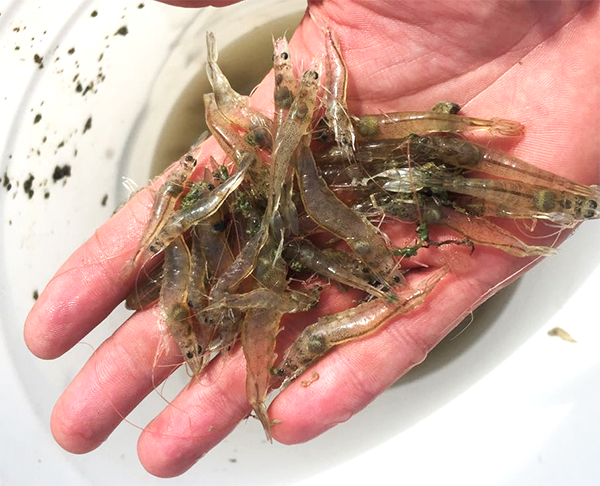
To assess a novel protein source, apparent digestibility – a method used to evaluate the quality of a protein – is an important indicator for nutrient digestibility and absorption in animals. High apparent digestibility can not only reduce the feed coefficients but also help reduce any impacts on the environment.
In this study, the apparent digestibility of six novel protein sources was evaluated for Pacific white shrimp (Litopenaeus vannamei) diets. These sources included black soldier fly (Hermetia illucens) larvae meal (BSFLM); green microalgae (Chlorella vulgaris) meal (CM); cottonseed protein concentrate, (CPC); mealworm (Tenebrio molitor) meal (TM); bacterium Clostridium autoethanogenum protein (CAP); and methanotroph (Methylococcus capsulatus – this bacterium metabolizes methane as its source of carbon and energy) bacteria meal (BPM).
This article is summarized from the original publication (Li, X. et al. 2022. Evaluation of Six Novel Protein Sources on Apparent Digestibility in Pacific White Shrimp, Litopenaeus vannamei. Aquaculture Nutrition Volume 2022, Article ID 8225273).
Study setup
This research estimated the apparent digestibility coefficients (ADC) of six novel protein sources mentioned above in experimental diets formulated for L. vannamei). The control diet (CD) was formulated to contain 448.8 grams per kg crude protein and 71.8 grams per kg of crude lipid. Then, six experimental diets were formulated to contain 70 percent CD and 30 percent of the test ingredients.
A total of 630 healthy and uniform-sized shrimp were randomly distributed into triplicate groups of 30 shrimp and fed three times daily. After the shrimp acclimated for one week, their feces were collected two hours after the morning feeding until sufficient samples were available for compositional analysis to calculate apparent digestibility. The apparent digestibility coefficients for dry matter of the diets (ADCD) and ingredients (ADCI) – as well as the apparent digestibility coefficients for crude protein (ADCPro), crude lipid (ADCL) and phosphorus (ADCP) of test ingredients – were calculated.
For detailed information on the experimental design, animal husbandry, ingredients and experimental diets; sample collection and analyses; and statistical analysis, refer to the original publication.
Results and discussion
Determining the apparent digestibility of ingredients is an important prerequisite for evaluating the potential of novel protein sources. The assessment of apparent digestibility coefficient of dry matter (ADCD) helps understand the total amount of nutrients being digested, as all feed components are not digested by the animal in the same proportions. Our data showed that shrimp had divergent values for ADCD and for apparent digestibility coefficients of ingredients (ADCI) when fed different test diets.
There were no significant differences in final body weight (FBW), weight gain rate (WGR) and specific growth rate (SGR) of shrimp fed the CD, CM, CPC and CAP diets. But the FBW, WGR and SGR of shrimp fed the BSFLM, TM and BPM diets significantly decreased compared to those fed the CD. There was no significant difference in survival among shrimp fed different diets. The feed efficiency (FE; body weight gain per unit of feed consumed) of shrimp fed the BSFLM diet was significantly higher relative to the control diet. There were no significant differences in FE among the shrimp fed the CM, CPC, TM, CAP and BPM diets compared to those fed the CD.
For insect protein sources, shrimp fed with dietary BSFLM and TM showed a significantly lower ADCD for the diets, as well as apparent digestibility coefficients for crude protein (ADCPro) and for lipids (ADCL) relative to the control diet. Also, the ADCPro and ADCL of black soldier fly larvae meal (BSFLM) were significantly higher than those of mealworm (TM). The digestive properties of shrimp fed with insect protein are strongly influenced by the nutritional properties of the ingredients. Typically, the crude protein, crude lipid, nitrogen-free extracts and ash content of insect proteins vary with species and growth stage.
Furthermore, insect exoskeletons are usually composed of chitin, which is generally considered to hinder the digestive process. The insect protein source had the lowest amino acid digestibility compared to other protein sources in our study. This can be caused by the chitin being bound to the protein by a covalent bond and negatively affecting their being digested by the shrimp. Although chitin is not easily digested by shrimp, it can act as an immune booster and improve the immune capacity of shrimp.
For BSFLM, our previous study demonstrated that the replacement of 20 percent fishmeal with BSFLM had no negative effects on the growth performance and was beneficial to the gut microbiota composition and lipid metabolism of L. vannamei. Although the utilization of insect proteins is limited by many reasons, such as the food safety concern of the ingredients and the digestive issues of chitin, efforts are ongoing to improve their availability.
Single-cell protein (SCP) is the biomass obtained from the cytoplasm of algae, yeast, bacteria, or fungi, and has attracted attention due to the nutritional characteristics and high production capacity in bioreactors. Our results determining the apparent digestibility of CM, BPM and CAP in L. vannamei showed that most of the apparent digestibility indexes in CM were significantly lower than those in the control diet, but the apparent digestibility for crude protein (ADCP) of these three SCP was significantly higher than that in CD. Previous studies showed that the ADCP significantly increased with the increase in bacterial protein meal or microalgae meal, indicating a higher effective phosphorus content in SCPs. As a natural food for marine organisms, microalgae appear to be easily utilized in shrimp diets. Microalgae generally contain more than 400 grams per kg of carbohydrates, a large proportion of which consists of complex and structural carbohydrates (e.g., crude fiber), which may negatively affect its digestibility for shrimp.
Both CAP and BPM are produced from bacteria fermentation and have attracted attention in the aquafeed industry in the last decades. Our previous studies have demonstrated the availability of these two SCP in shrimp feed. In the present study, shrimp showed the highest digestibility to CAP, which may be due to its relatively pure composition. The particle size and cell wall fragmentation of SCP may be one of the key factors affecting its application in aquafeeds, and further studies should be conducted.
Cottonseed meal is an inexpensive and highly practical protein source in shrimp feed. Usually, the cell walls of plant proteins are rich in crude fiber and ash and therefore difficult for shrimp to digest. Our results showed that – although shrimp fed with dietary CPC showed lower apparent digestibility coefficients in all indices than those fed the CD – it was still better than reported in previous studies by other researchers.
Pretreatment of cottonseed meal and other plant proteins with enzymes can effectively reduce the phytate (the main form of phosphorus storage in plants) content and thus increase the availability of phosphorus and other micronutrients. Overall, L. vannamei showed adequate digestibility of CPC in diets but when using CPC to replace fishmeal in the feed, it is necessary to supplement the formula with an appropriate phosphorus source.
Perspectives
The apparent digestibility of six novel protein sources was evaluated in L. vannamei. Results showed that shrimp had the highest apparent digestibility to single-cell protein, SCP (CAP, BPM and CM), followed by insect proteins (BSF and TM). Although the apparent digestibility of shrimp to the dietary CPC was lower than that of the other tested ingredients, it was better than that of the cottonseed meal. The six novel protein sources showed better digestive properties and appeared to be potential alternatives to fishmeal. The results of this study provide experimental evidence for the development of shrimp feeds containing novel protein sources.
Now that you've reached the end of the article ...
… please consider supporting GSA’s mission to advance responsible seafood practices through education, advocacy and third-party assurances. The Advocate aims to document the evolution of responsible seafood practices and share the expansive knowledge of our vast network of contributors.
By becoming a Global Seafood Alliance member, you’re ensuring that all of the pre-competitive work we do through member benefits, resources and events can continue. Individual membership costs just $50 a year.
Not a GSA member? Join us.
Author
-
Dr. Shiwei Xie
Corresponding author
Laboratory of Aquatic Animal Nutrition and Feed, School of Aquaculture, Guangdong Ocean University, Zhanjiang 524088, China[109,111,99,46,51,54,49,64,120,100,115,122,119,115,120]
Tagged With
Related Posts
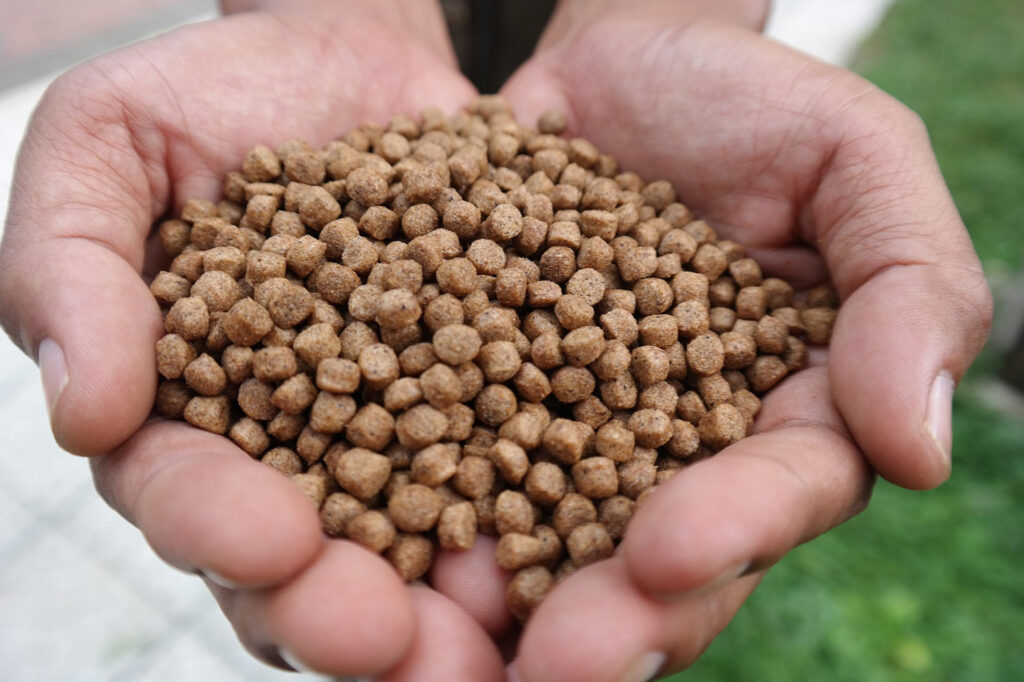
Aquafeeds
A primer on sustainable feeds: Improving aquafeeds for sustainability, fish welfare and human nutrition
Improving aquafeed formulations can augment the sustainability and efficiency of aquaculture production – a new series from the GAIN project.
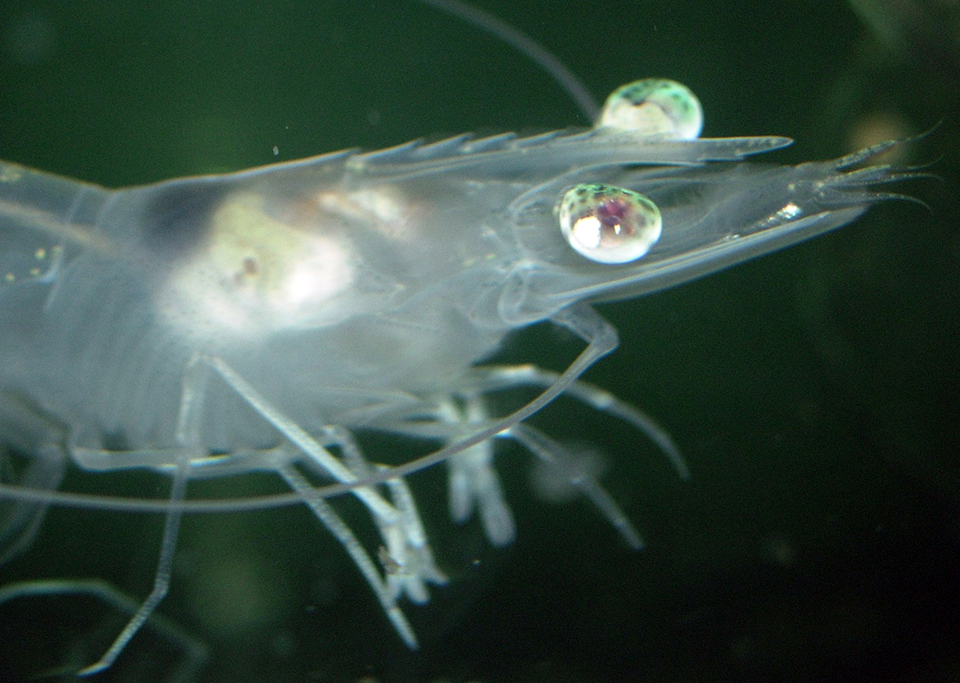
Health & Welfare
Digestibility enhancer can offset cholesterol content in shrimp feed
Cholesterol is an essential nutrient for penaeid shrimp. Trials found that a digestibility enhancer based on natural emulsifiers was as effective as purified cholesterol in improving shrimp growth and feed conversion.
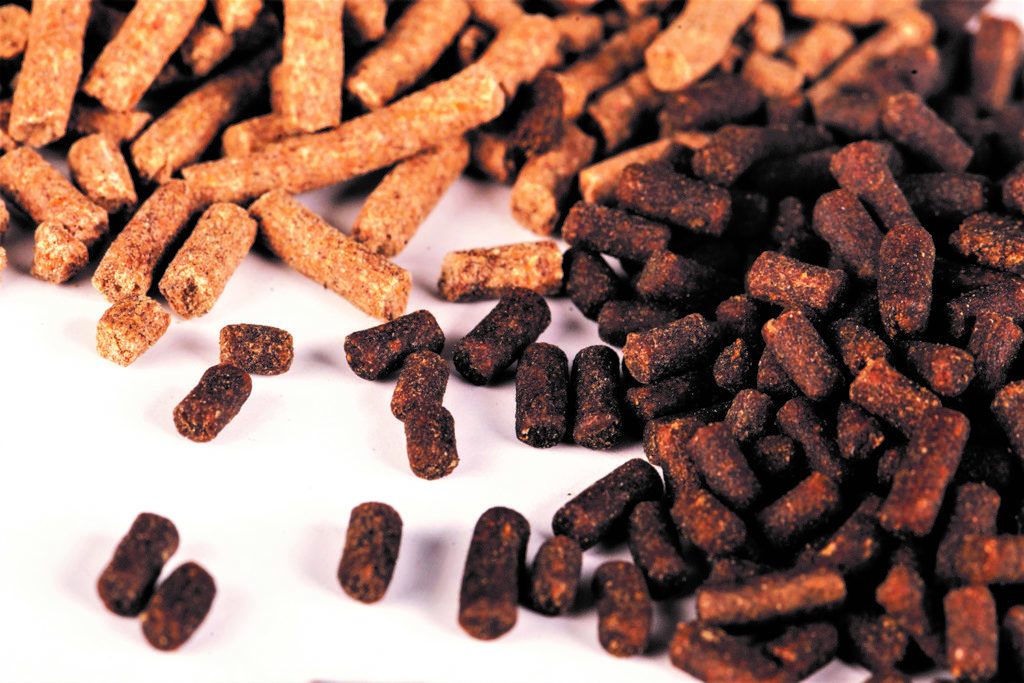
Aquafeeds
Evaluating extruded feeds for juvenile Pacific white shrimp
In a study of extruded feeds given to Pacific white shrimp juveniles, results showed shorter crop cycles, higher production yields and a cost reduction.
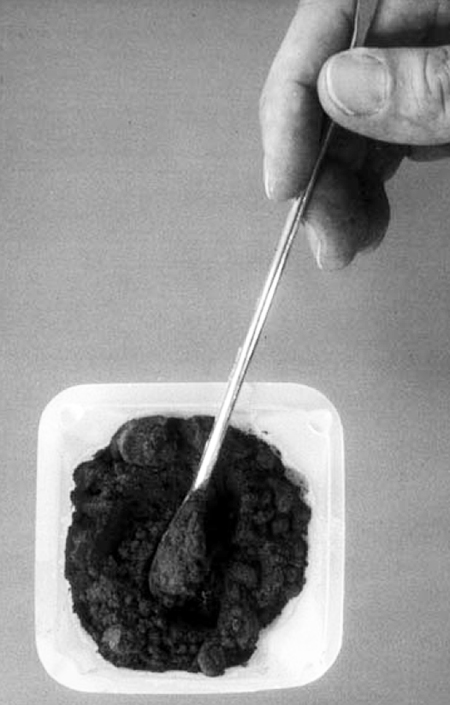
Aquafeeds
Larval shrimp nutrition: Getting the most out of your formulated diets
Like most questions concerning larval shrimp nutrition, there are no simple answers that can be applied to all hatcheries universally.



